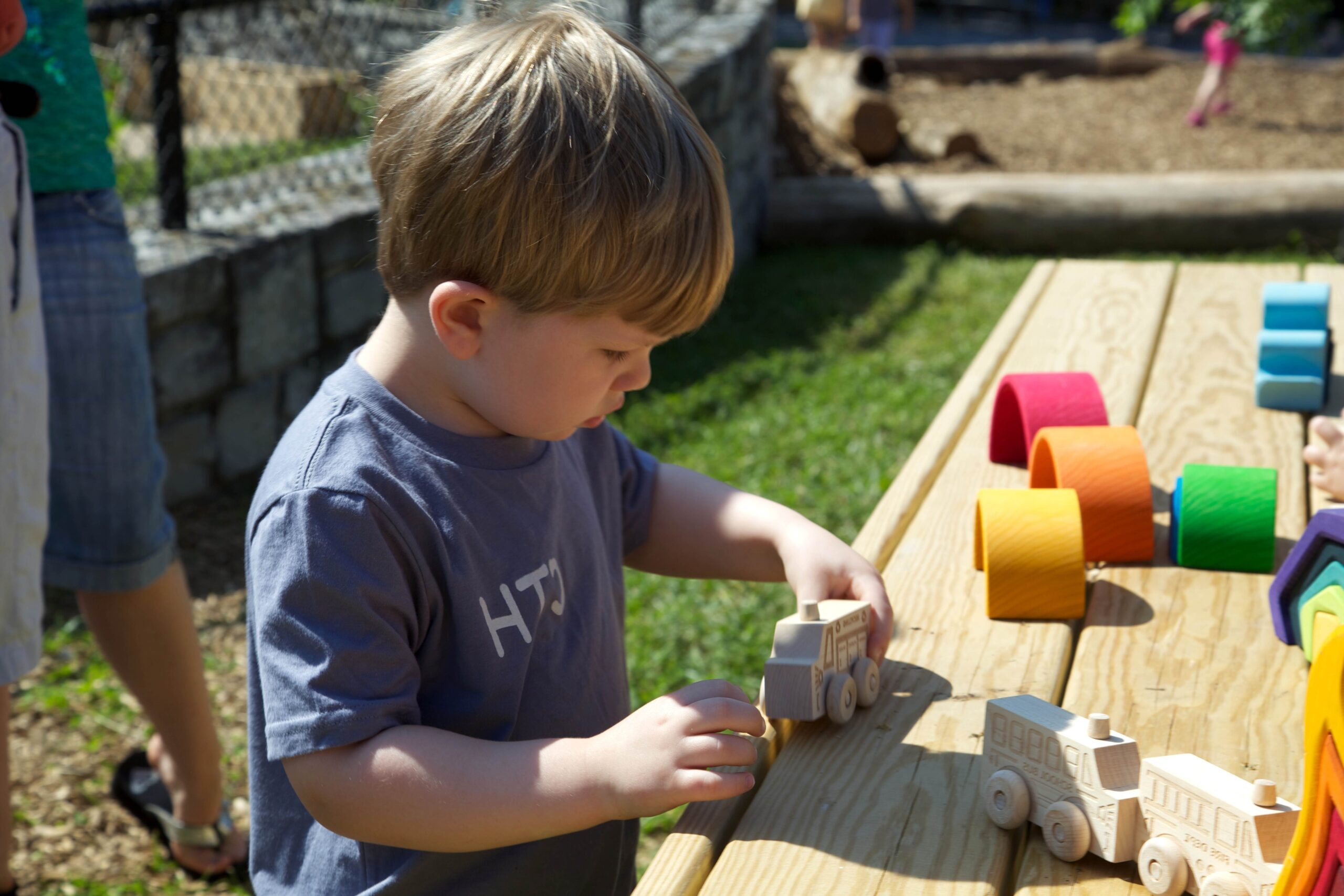Imagine a classroom where curiosity leads the way, where learning happens beyond textbooks, and where every child’s unique abilities are nurtured. This is the promise of holistic learning — an approach that prioritizes outdoor, experiential, and hands-on educational experiences over the narrow lens of standardized testing. As we steer further into the 21st century, parents, educators, and policymakers in Tier-1 countries are recognizing the urgency to redefine success in education and offer students an environment that shapes not just their minds but their character, creativity, and real-world skills.
What Is Holistic Learning?
Holistic learning views education as a lifelong journey that develops a child’s intellectual, emotional, social, physical, and creative potential. Instead of focusing purely on test scores or rote memorization, it values the development of the whole child. In practice, holistic education incorporates:
- Outdoor learning: Using nature and real-world environments to fuel curiosity and discovery.
- Experiential education: Designing projects, experiments, and real-life scenarios where students actively participate and learn by doing.
- Hands-on education: Encouraging tactile involvement with materials, tools, and collaborative tasks.
These approaches create a balanced learning environment, helping students become critical thinkers, problem-solvers, and compassionate citizens.
The Downsides of Standardized Testing
Standardized tests have long been the benchmark for academic success. However, research and classroom experience highlight several limitations:
- Narrow definition of achievement: Standardized assessments frequently measure memory and basic skills, overlooking creativity, emotional intelligence, and practical problem-solving.
- Learning anxiety: High-stakes testing creates pressure and anxiety, which can stifle curiosity, self-esteem, and love for learning.
- One-size-fits-all model: Not all students learn the same way; tests often fail to accommodate diverse learning styles, backgrounds, and abilities.
- Teaching to the test: Teachers may feel compelled to “teach to the test,” sacrificing deeper understanding, critical thinking, and meaningful learning experiences.
In today’s rapidly changing world, such limitations highlight the urgent need for a more rounded, student-centered approach.
Why Outdoor Learning Matters
Nature is a powerful teacher. Taking students outside the traditional classroom opens doors to discovery and imagination:
- Boosts concentration and well-being: Fresh air, green spaces, and exposure to sunlight can enhance focus, reduce stress, and improve mood.
- Promotes teamwork: Group activities like field trips, outdoor experiments, and nature walks encourage collaboration and communication.
- Fosters environmental stewardship: First-hand experiences in nature help students understand environmental challenges and inspire responsible citizenship.
- Real-world application: Outdoor learning brings concepts to life, whether it’s measuring plant growth in biology or sketching landscapes in art.
Experiential Learning: Turning Theory into Practice
Experiential learning turns passive content absorption into active engagement. When students design, create, or participate in real-life situations, they develop:
- Critical thinking skills: Facing real-world problems teaches students how to analyze, evaluate, and innovate.
- Resilience and adaptability: Mistakes become learning opportunities, promoting a growth mindset.
- Personal connections: Experience-based lessons stick with students longer because they connect personally to the content.
Consider a history lesson: Instead of simply memorizing dates, students could reenact historical events or conduct interviews with local elders. The result? Deeper understanding, empathy, and lasting knowledge.
The Impact of Hands-On Learning
Hands-on education is about doing — not just listening or watching. This method capitalizes on the fact that many of us learn best when we physically engage with material:
- Engages multiple senses: Manipulating objects or participating in activities reinforces learning through touch, sight, and movement.
- Increases retention: Students who build, craft, experiment, or solve puzzles remember concepts better.
- Bridges gaps: Practical exercises can help connect abstract theories to real-world outcomes.
For example, building a solar-powered car in science class not only teaches renewable energy principles but also creativity and teamwork.
The Benefits of a Holistic Approach
1. Nurturing Well-Rounded Individuals
Holistic education is about growing every part of a student — cognitively, emotionally, socially, and physically. Students gain confidence, self-awareness, and empathy, becoming more prepared for the uncertainties of modern life.
2. Fostering Lifelong Curiosity and Motivation
When learning is engaging and meaningful, students are more likely to develop an intrinsic motivation to explore new topics, ask questions, and seek knowledge beyond the classroom.
3. Equipping for the Real World
Tomorrow’s jobs will demand adaptability, collaboration, and problem-solving. Holistic learning arms students with these 21st century skills by challenging them in real contexts, fostering independence and initiative.
4. Reducing Stress and Enhancing Well-Being
Balancing academics with outdoor, creative, and hands-on activities minimizes stress and supports mental health. Students are less likely to burn out and more likely to enjoy school.
Success Stories: Holistic Learning in Action
Across the globe, many schools are reimagining education:
- Forest schools: In countries like Finland, Sweden, and Canada, children spend large portions of their school day outdoors, learning through direct contact with the environment.
- Project-based learning: Schools in the United States and Australia integrate community projects, entrepreneurship, and internships into their core curriculum.
- Montessori and Reggio Emilia methods: These internationally acclaimed approaches prioritize hands-on exploration, student choice, and self-directed learning.
These models consistently produce students who are not only academically capable but also socially responsible, creative, and emotionally mature.
Overcoming Challenges: Moving Beyond the Test
Transitioning to holistic education comes with hurdles — parental expectations, policy constraints, and curriculum design. Solutions include:
- Teacher training: Equip educators with tools and confidence to blend traditional academics with innovative practices.
- Community involvement: Engage parents and local organizations as partners in the learning process.
- Flexible curricula: Allow freedom to adapt lessons to student interests, local geography, and contemporary issues.
Progressive schools and systems worldwide are modeling these changes, showing meaningful reform is possible.
How Parents and Educators Can Support Holistic Learning
- Encourage outdoor exploration and unstructured play.
- Support after-school programs that focus on clubs, sports, and the arts.
- Champion project-based assignments at home and in school.
- Advocate for policy changes that balance assessment with authentic learning experiences.
- Celebrate every child’s unique strengths, not just academic achievements.
Conclusion
In an era where facts are a Google search away, education must rise above memorization. Holistic learning — rooted in outdoor, experiential, and hands-on approaches — cultivates resilient, creative, and well-rounded individuals. Let’s give our children the education they deserve — one that awakens their potential and prepares them for life, not just exams.
Ready to make a change?
It’s time to rethink success. Support holistic learning in your community, classroom, or family today, and help shape the next generation of innovators, leaders, and compassionate citizens. Let’s move beyond the test and build a brighter future — together.






